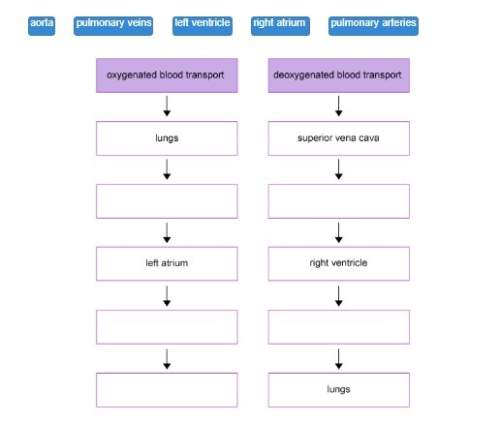
Biology, 09.12.2020 18:10 mtolds1952
(PLEASE HURRY)Strong winds blow sand to a new location, and some of the sand forms a sand dune. The first plant species to live in the new habitat of the sand dune is a type of grass. This grass stabilizes the sand dune. Over time, the sand dune grows larger and soil forms on the surface. As these changes occur, different plant species become dominant.
Why doesn't the original grass remain the dominant plant on the sand dune?
A.
The grass cannot reproduce fast enough to cover all of the growing dune.
B.
New plants are better suited to the new conditions in the sand dune habitat.
C.
The grass moves to new sand dunes to start the succession process again.
D.
New animals come to the new sand dune habitat and eat the grass.

Answers: 3


Another question on Biology

Biology, 21.06.2019 18:50
The eruption of a nearby volcano causes a prairie ecosystem to receive a lot less sunlight.which of these is the most likely effect on the ecosystem? a-an increase in biodiversity. b-an increase in immigration to the area. c-a decrease in available water. d-a decrease in plant growth.
Answers: 2

Biology, 22.06.2019 12:00
Which statement about relative potential energy of electrons is correct? a. an electron in the 2 p orbital of the second electron shell has more potential energy than an electron in the 2 s orbital of the second electron shell. b. an electron in the 2 p orbital of the second electron shell has more potential energy than an electron in the 3 p orbital of the third electron shell. c. an electron in the 3 p orbital of the third electron shell has more potential energy than an electron in the 2 p orbital of the second electron shell.
Answers: 2

Biology, 22.06.2019 20:40
Which of these is an example of structural protein in plants
Answers: 1

Biology, 22.06.2019 22:10
Which of the following correctly describes the appearance of muscle tissue found in the heart? (2 points) single-nucleus, non-striated, short cells single-nucleus, striated, branching cells multinucleated, non-striated, branching cells multinucleated, striated, long threadlike cells
Answers: 1
You know the right answer?
(PLEASE HURRY)Strong winds blow sand to a new location, and some of the sand forms a sand dune. The...
Questions



Social Studies, 27.07.2019 16:30


Computers and Technology, 27.07.2019 16:30

Biology, 27.07.2019 16:30






Social Studies, 27.07.2019 16:30


Spanish, 27.07.2019 16:30



Mathematics, 27.07.2019 16:30






